With the eyes of a electronic engineer, the aim of this project is to research, if there is a way using Arduino and it‘s embedded technology to track falling rock motion and rotation, as well as the decent and impact. The advantage would be, to have tiny, easy accessible, reusable and affordable electronics. This would also dramatically shrink the costs of every experiment in that field. On the other side, due to it‘s easy accessibility, it could be a possibility for students and researchers to build, program & maintain this kind of sensors devices by themselves.
The main task of the stone module is, to log sensor data properly during impact time! On the other side, with the eyes of a environmental engineer, there is no possibility until now, to measure and track small sized stones, that fall of the mountains regularly (>60kg). Such kind of empirical data would enhance software engineers to improve their simulator software with implications to the whole field.
This WSL financed project is a cooperation between the WSL Institute - SLF - EmbeddedLab ETHZ. The „Rolling Stones“ action will take place around Davos/Fluela area in the end of summer 2012!
The main task of the stone module is, to log sensor data properly during impact time! On the other side, with the eyes of a environmental engineer, there is no possibility until now, to measure and track small sized stones, that fall of the mountains regularly (>60kg). Such kind of empirical data would enhance software engineers to improve their simulator software with implications to the whole field.
This WSL financed project is a cooperation between the WSL Institute - SLF - EmbeddedLab ETHZ. The „Rolling Stones“ action will take place around Davos/Fluela area in the end of summer 2012!
After one week's testing, we found that the challenge is how to store the data under a relative high frequency. The eeprom we used in the first prototype needs 5ms to write each byte. If we sample 150 times per second and each sample contains 20 bytes, which means nearly 3k bytes per second, so the eeprom is not fast enough to record these amount of data.
After trying several different kinds of storages and protocols. We found that using SPI to read and write the SD card with raw data (which means without file system like FAT) is a really efficient way. Then we replace the eeprom with a SD card, the second generation came out. A xbee module is also attached to the soft serial port to transfer the data wirelessly to the computer, leaving the hard serial port for debugging.
After trying several different kinds of storages and protocols. We found that using SPI to read and write the SD card with raw data (which means without file system like FAT) is a really efficient way. Then we replace the eeprom with a SD card, the second generation came out. A xbee module is also attached to the soft serial port to transfer the data wirelessly to the computer, leaving the hard serial port for debugging.
The raw data in byte stored in SD card are re-combined after uploading to the computer and saved as a CSV file. The CSV file can be easily import into the Excel and be processed for the further research.
A simple interface is builded with processing to send commend and receive data from the node.
There is a restriction on the size of the node since it will be embedded inside a stone. Before shrinking the prototype, we built sever 3D models to find out a best solution.
A shrinked and hand soldered prototype has been built. It was much harder than I thought to arrange the sold points, since the size of the board was so limited.
In the first test, we sticked the node on the wheel of a bike to record the rolling speed and acceleration. A high speed camera was used to recorde the whole process and the video was analyzed to provide a comparison.
After checking the reliability of the data we got for the node. A concrete cube was built to simulate a rock. We drilled a hole on it, buried the node inside and left the antenna outside.
We first did the experiment on a small slope to check if both the node and cube can afford such impact. Fortunately, it survived. In the chart, the red line represents the acceleration and the green line shows the rolling speed. We can see that the first impact happend at 17th second and the rolling speed suddenly increased. In the half second after the impact, the rolling speed kept still because the cube bounced back into the air (low friction). An other impact took place around 19th second, which is up to 35g, was caused by the collision between the cube and the surface of the road.
Based on prior experience, We are convinced that the node is strong enough to work on a larger scale slope. The experimental results are satisfactory.
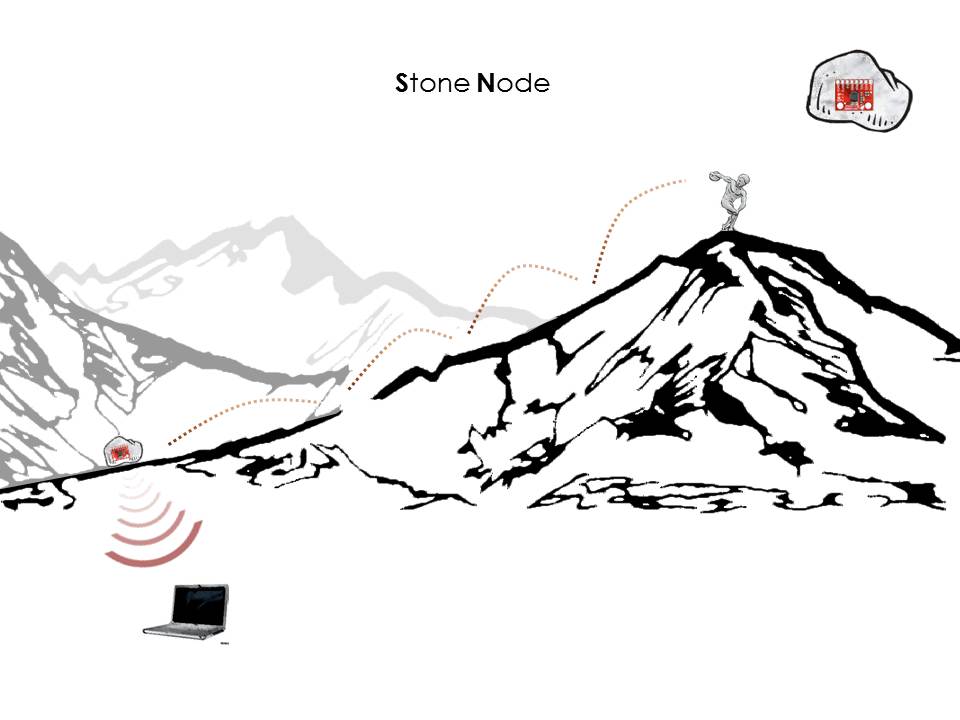
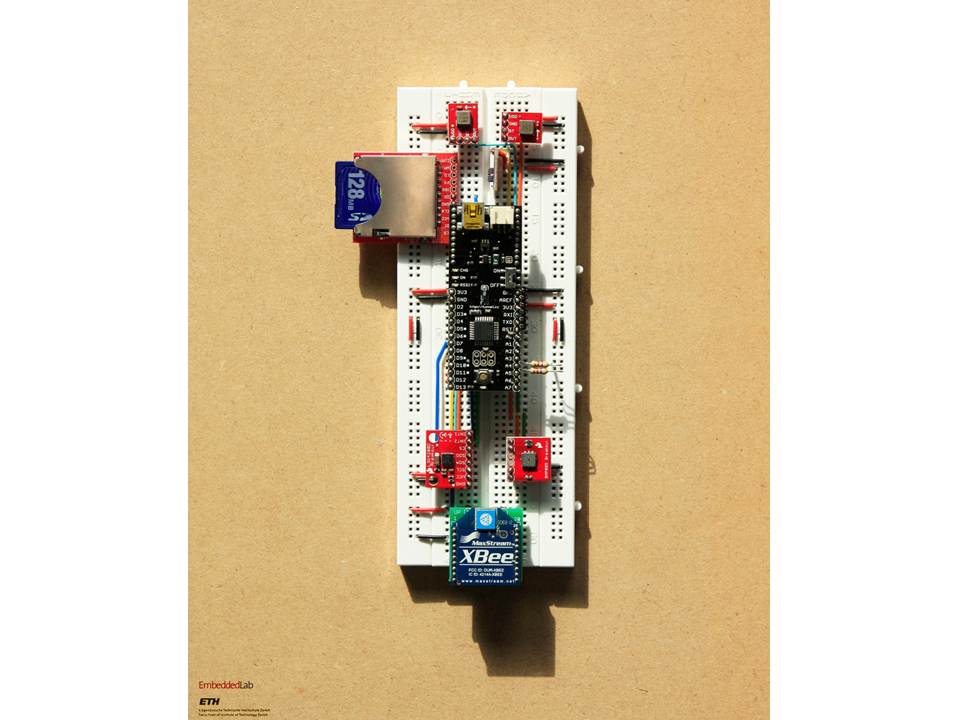
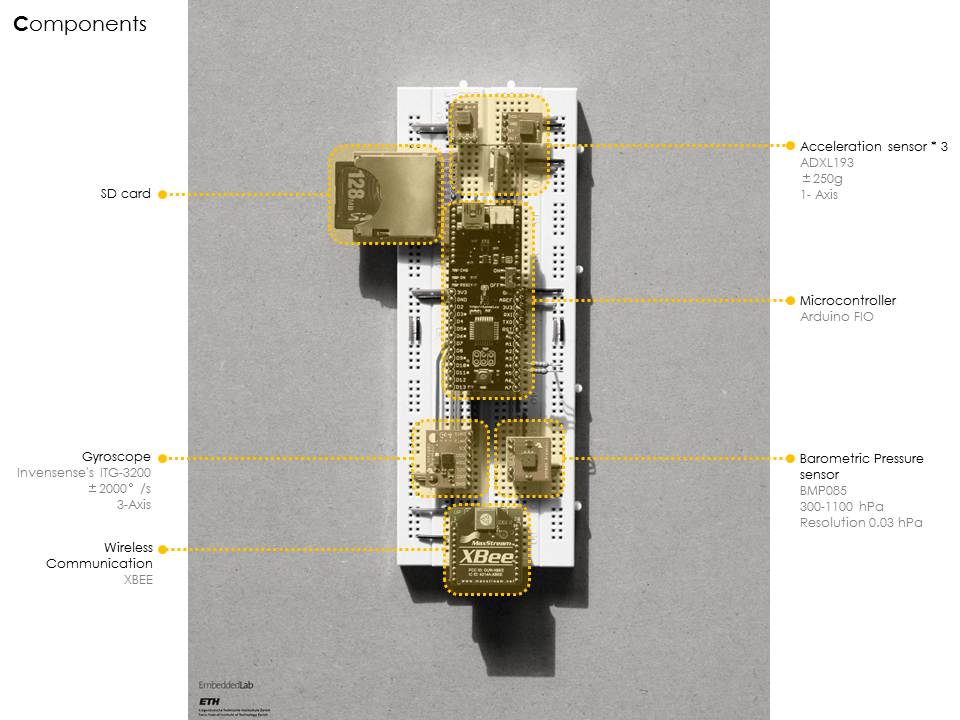
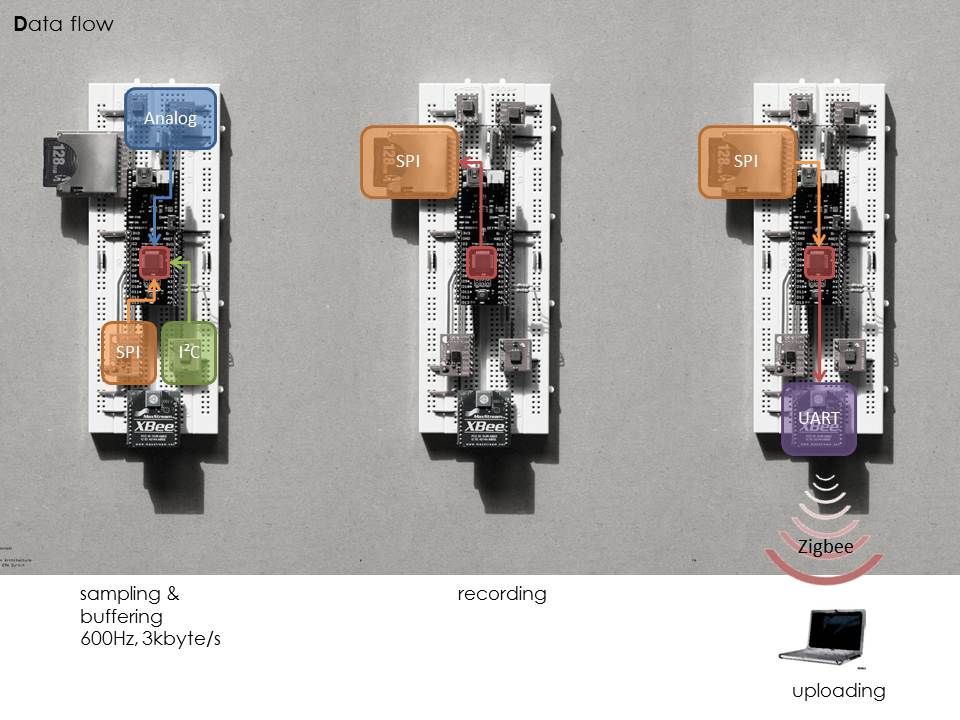
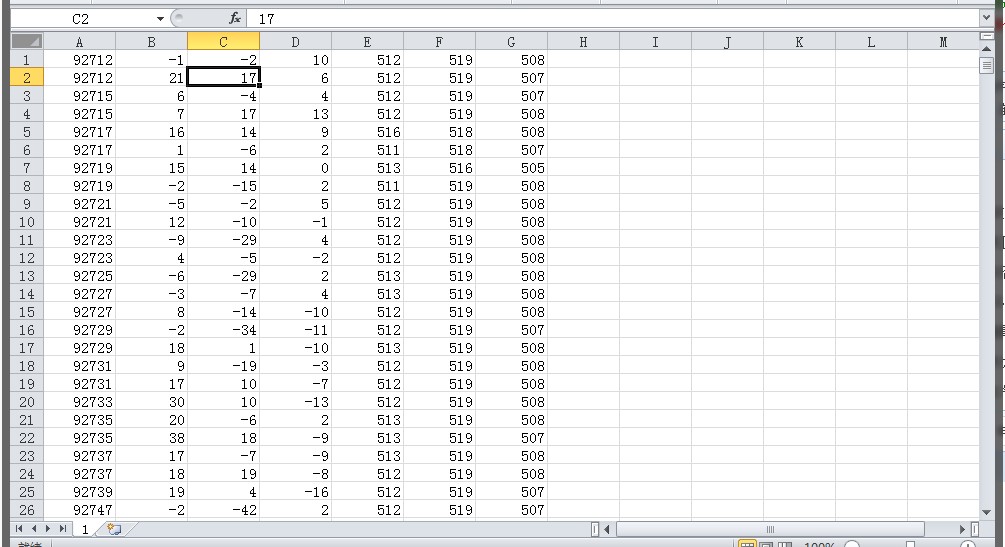
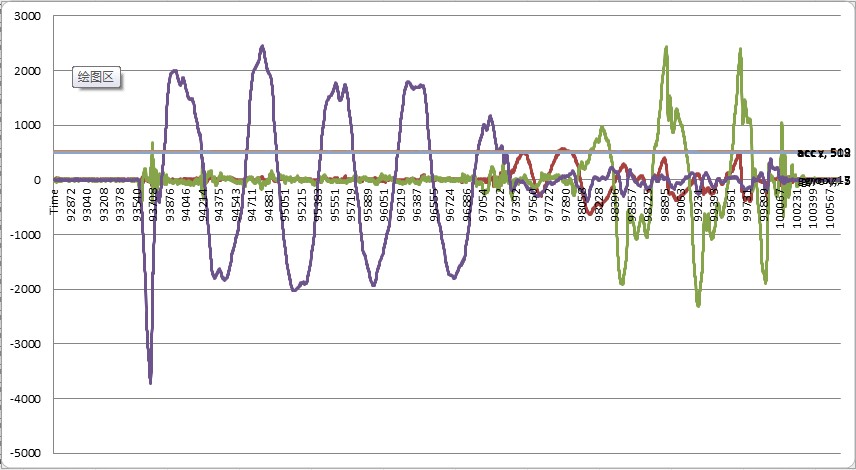
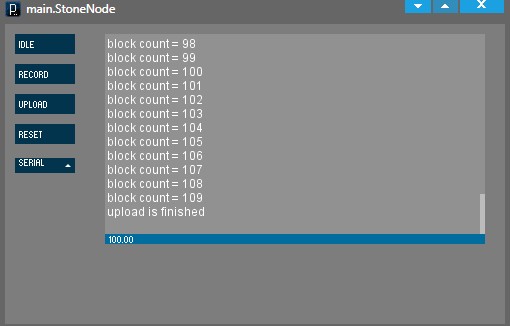
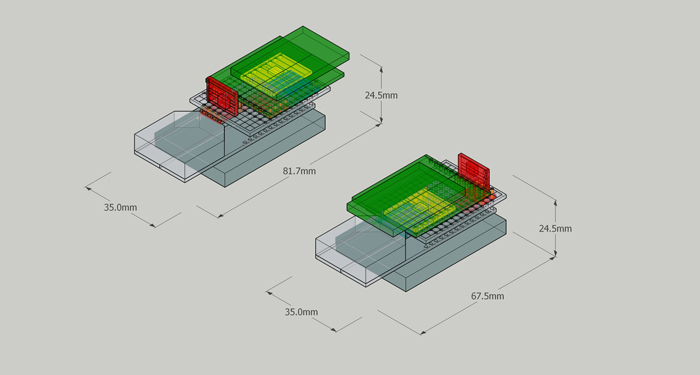
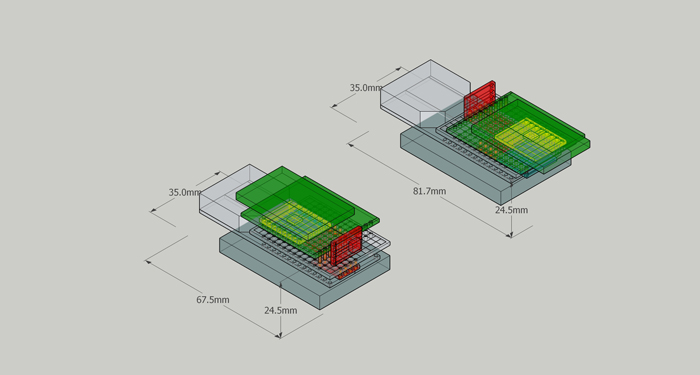
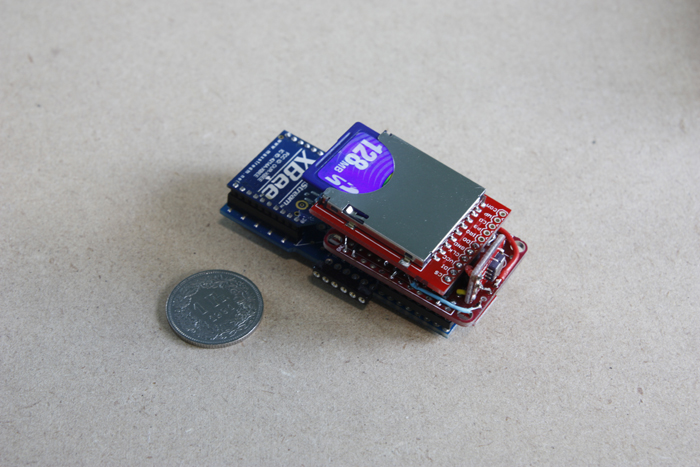
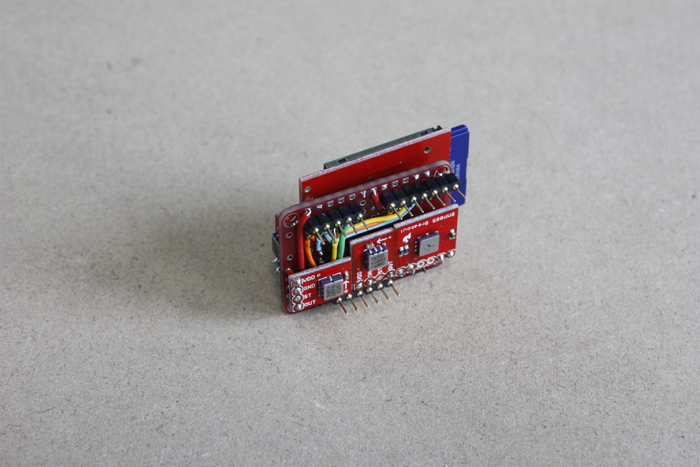
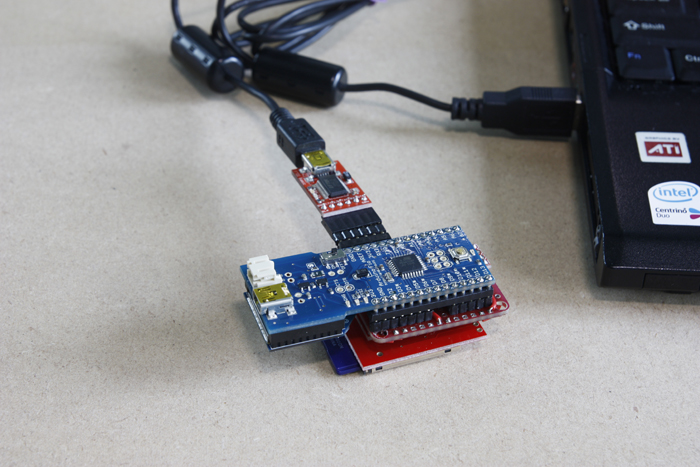
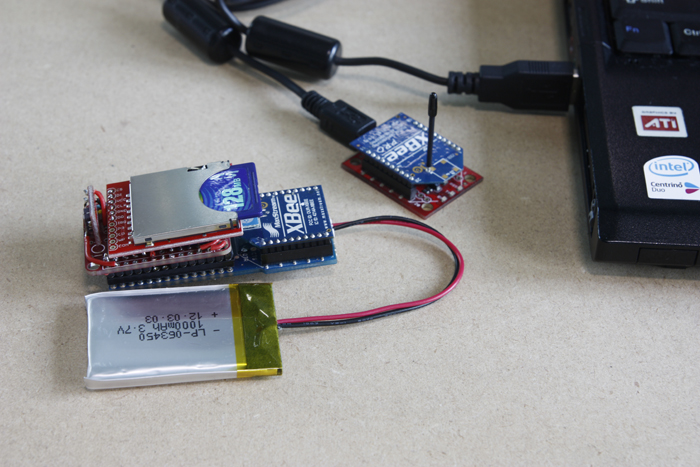
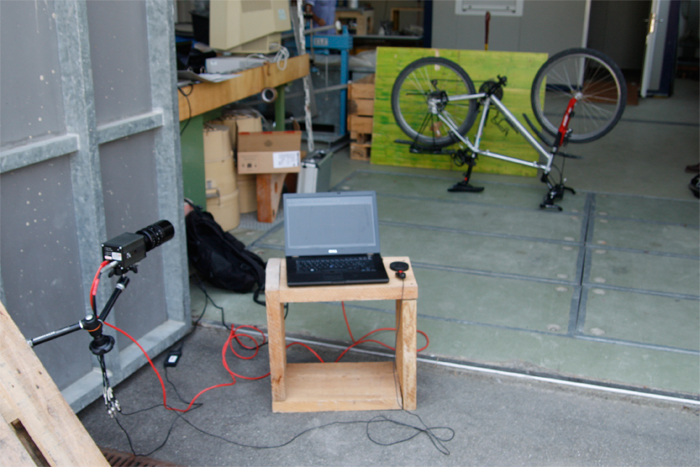
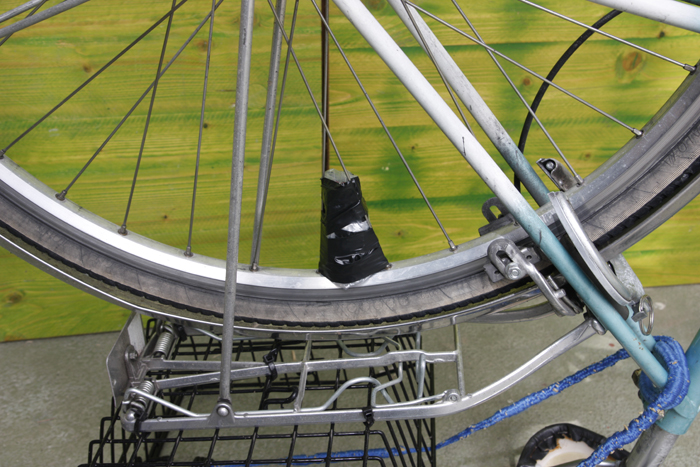
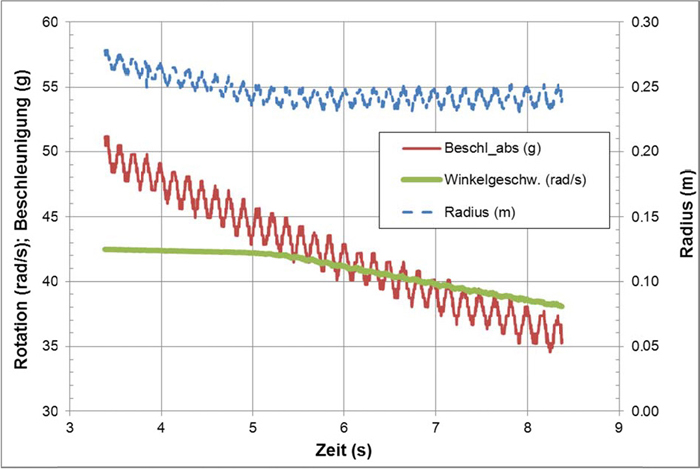
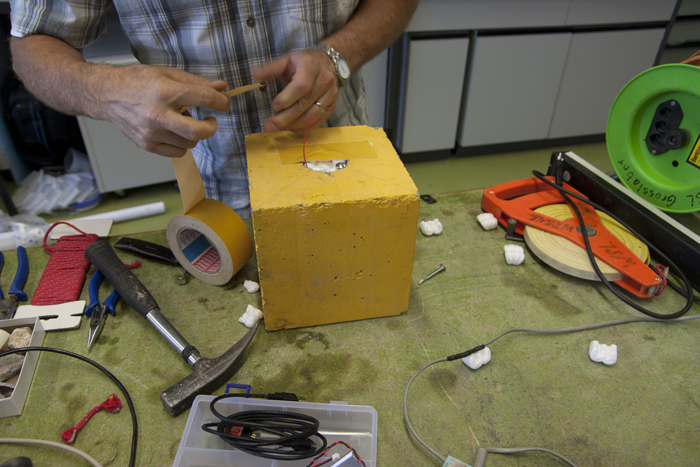
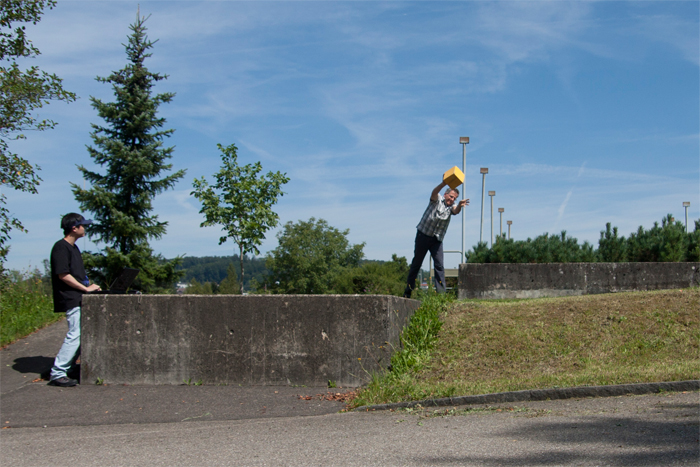
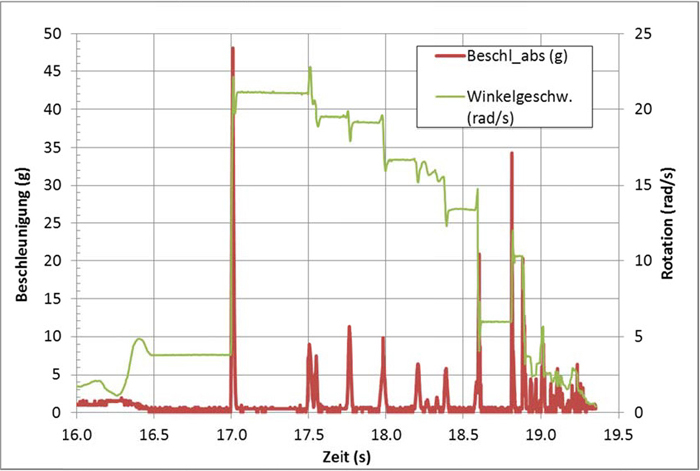
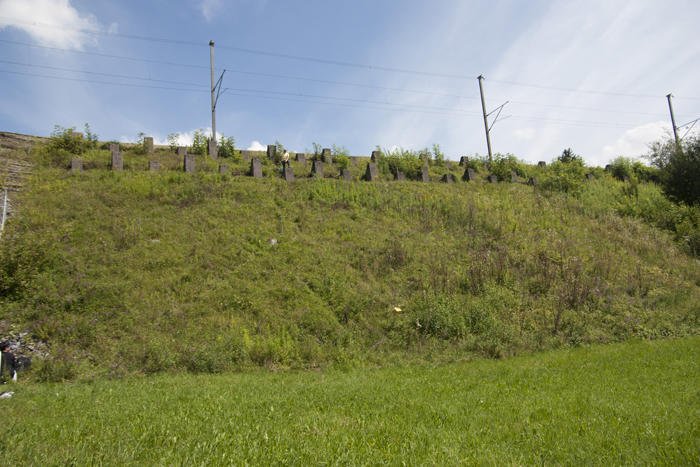
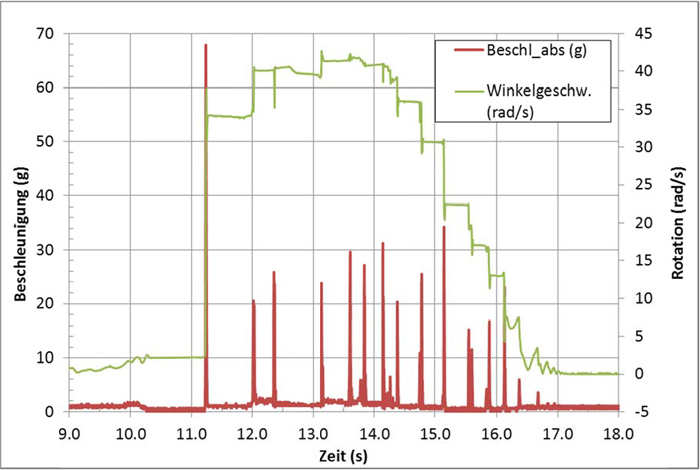
 RSS Feed
RSS Feed